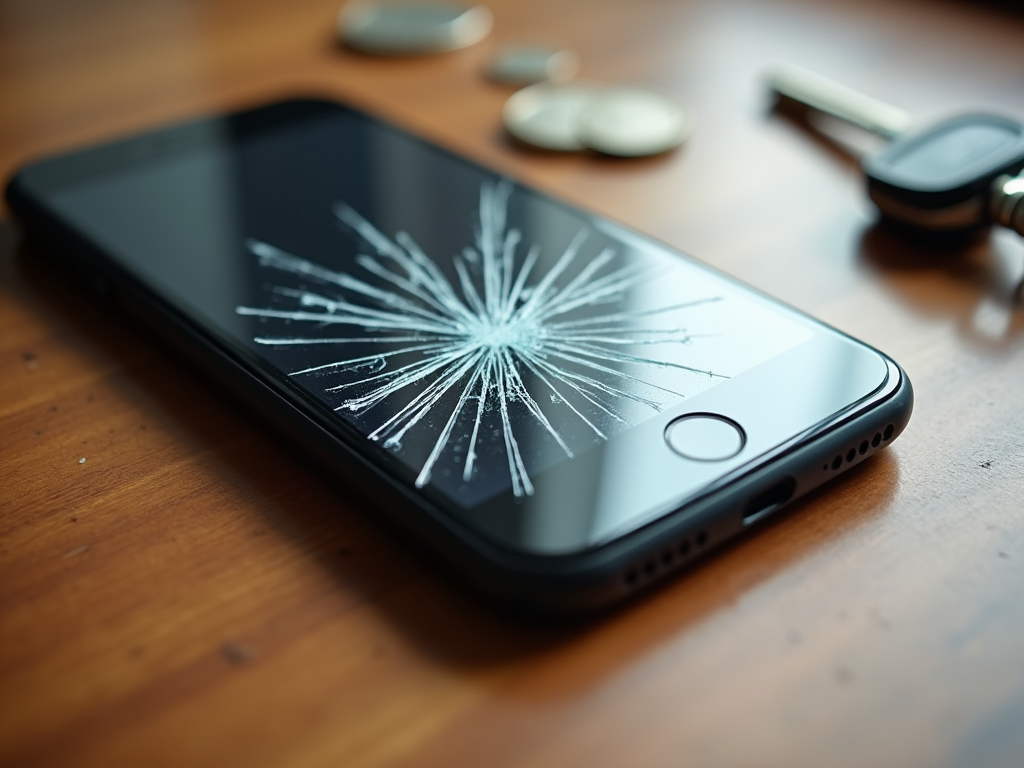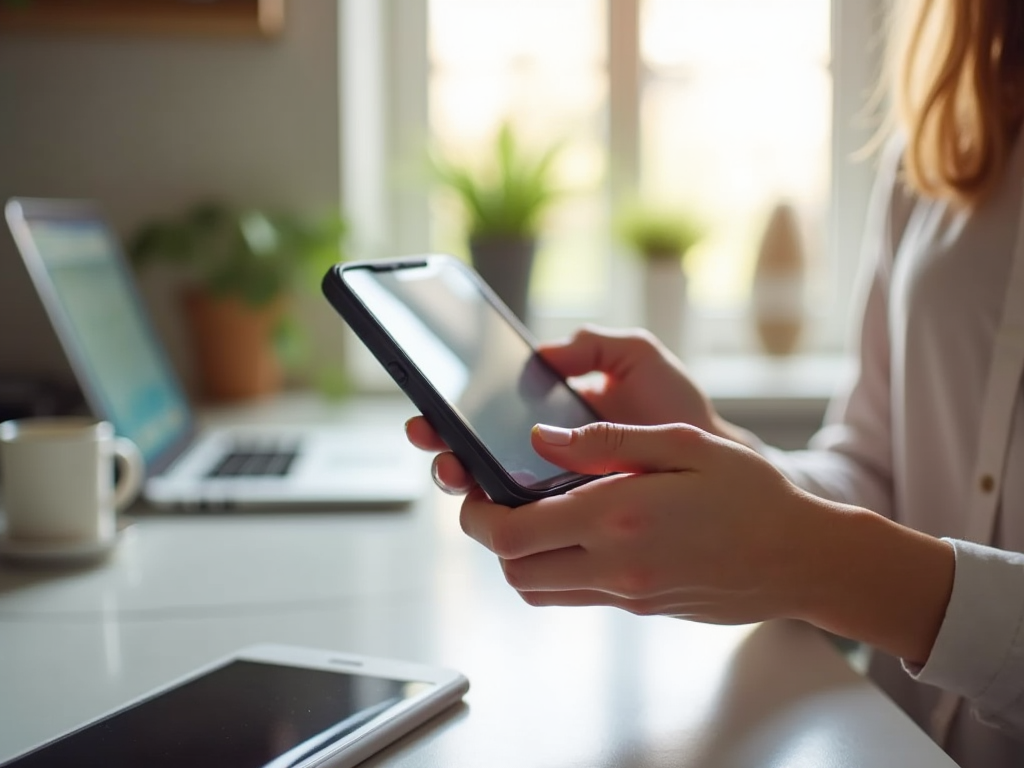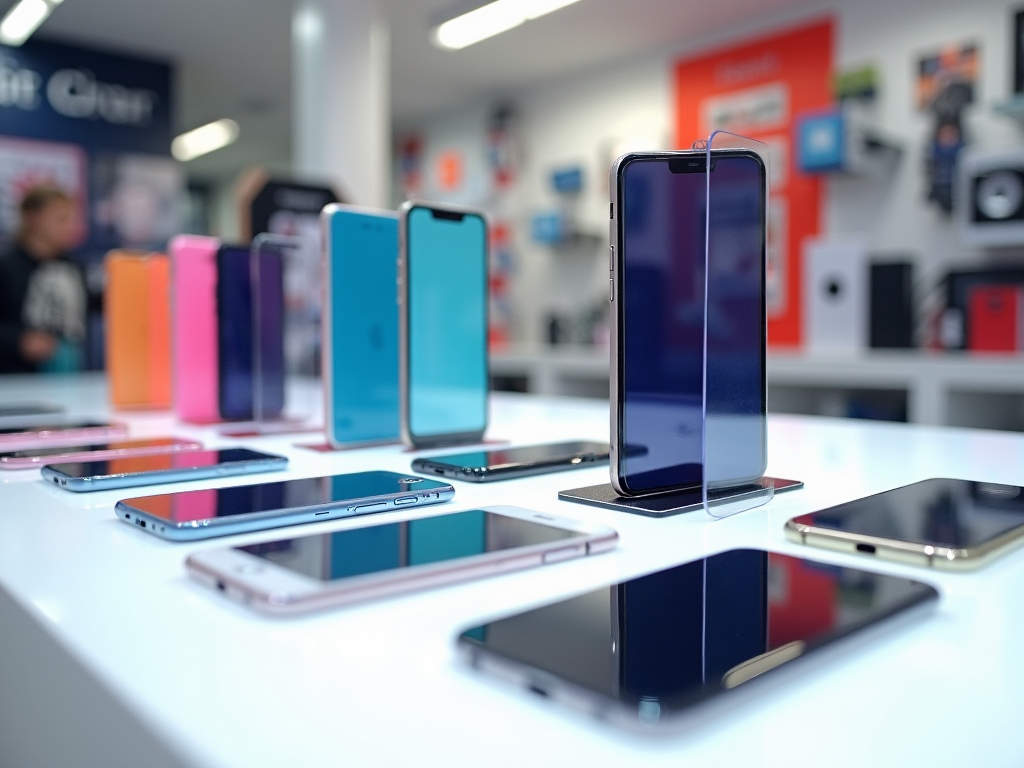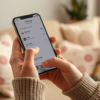
In today’s fast-paced world, smartphones serve as our primary connection to communication, social networks, online banking, and even entertainment. These multifunctional electronics come equipped with high-tech features, which makes them not only valuable but also vulnerable. One of the most common worries for users is maintaining the integrity of their device’s screen. Investing in a simple accessory like a screen protector can offer invaluable benefits that go beyond mere aesthetics. Let’s delve into some compelling reasons to consider equipping your smartphone with a reliable screen protector.
Enhanced Protection Against Scratches

One of the primary purposes of a screen protector is to shield your device’s screen from scratches. Whether it’s a momentary lapse in judgment or just a busy day, our phones often come into contact with various objects that can cause unsightly blemishes. Everyday items like keys, coins, or even the rough textile of your pockets can wreak havoc on your display. A quality screen protector acts as a shield, absorbing the impact before it reaches your device. This protection is especially vital for those who carry their phones in bags or pockets with other metallic or rough-surfaced items.
The types of scratches can vary widely, from shallow surface marks that are irritating but mostly cosmetic to deep scratches that can affect functionality. Each of these can lead to a diminished user experience and reduced resale value. By investing in a screen protector, you can keep your screen looking pristine for a more extended period.
Reduction of Broken Screens

Accidental drops are the most common cause of smartphone damage. You might be visiting a friend, hurrying to a meeting, or simply trying to multitask when all it takes is a moment of distraction for your phone to slip from your grasp. A screen protector not only minimizes scratches but also helps to reduce the likelihood of cracks and breaks in the event of a fall. This extra layer can sometimes absorb shock and lessen the impact on the original screen, thereby preserving its functionality and visual appeal.
Many users feel that their devices are practically part of their daily routine, and a cracked screen can significantly disrupt that routine. If you’re wondering how effective a screen protector can be in preventing breakage, consider the following types designed specifically for this purpose:
- Tempered Glass: Offers the best impact resistance.
- TPU (Thermoplastic Polyurethane): Provides flexibility and shock absorption.
- PET (Polyethylene Terephthalate): A lightweight option suited for minor protection.
| Type of Screen Protector | Benefits | Best For |
|---|---|---|
| Tempered Glass | High durability and scratch resistance | Heavy users, active lifestyles |
| TPU | Flexibility and self-healing properties | Minimalists, light users |
| PET | Lightweight and transparent | Casual users |
Improved User Experience
Beyond protection, screen protectors can positively affect the user experience in multiple ways. Imagine you’re navigating your smartphone, scrolling through your feeds, or making a quick video call with friends. A good quality screen protector will minimize glare and enhance touch sensitivity, allowing for smoother swipes and taps. Moreover, many screen protectors are designed to maintain high clarity, ensuring that your display remains visually appealing. This can make using your phone more enjoyable, whether you’re gaming, watching movies, or simply catching up on the latest news.
Users often overlook how a simple screen protector can enhance touch responsiveness. Some models even come with an oleophobic coating that reduces fingerprints and smudges, keeping your screen crystal clear without constant wiping.
Cost-Effectiveness of Screen Protectors
While some may view screen protectors as an unnecessary investment, their cost-effectiveness is hard to ignore. Think about the cost of repairing or replacing a cracked or broken screen – the prices can be staggeringly high. While the price of a quality screen protector may vary, it is still far less than that of a screen replacement. In addition, a single screen protector can last for several months to years, depending on the model and usage. Thus, investing in a screen protector can save you money in the long run and extend the life of your device.
It’s no surprise that the advantage of protecting your investment is a primary reason many consumers swear by screen protectors. Coupled with the other benefits discussed, it presents a compelling case for anyone looking to safeguard their smartphone.
Conclusion
Having a screen protector installed on your smartphone offers numerous benefits, from enhanced protection against scratches and drops to improved user experiences and cost efficiency. With a variety of options available, such as tempered glass and TPU, there’s a perfect match for every user’s lifestyle. By making a small investment now, you can prolong the utility and longevity of your device. Ultimately, a screen protector is more than just an accessory; it’s a preventative measure that every smartphone owner should consider.
Frequently Asked Questions
- What type of screen protector offers the best protection?
Tempered glass screen protectors are generally regarded as the most effective at providing protection against drops and scratches. - Can I apply a screen protector myself?
Yes, many screen protectors come with an installation kit that makes it easy for you to apply them yourself at home. - How often should I replace my screen protector?
You should replace your screen protector if you notice significant scratches, cracks, or if it starts to peel away from the screen. - Will a screen protector affect my screen’s sensitivity?
A high-quality screen protector should not affect your device’s touch sensitivity; in fact, many enhance it. - Are screen protectors necessary for all smartphones?
While not mandatory, screen protectors are highly recommended for any smartphone user looking to protect their investment.




